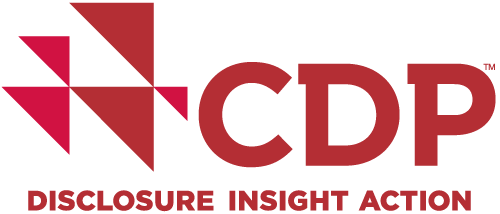Empresas que medem seus riscos ambientais são mais capazes de gerenciá-lo estrategicamente. E aquelas que são transparentes e divulgam estas informações fornecem aos tomadores de decisão um acesso a uma fonte essencial de dados globais que oferece as evidências e os insights necessários para gerar ações.
Why disclose?
The high market demand for environmental disclosure continues to grow.
700+
financial institutions representing US$142+ trillion in assets are requesting 33,000+ companies to disclose to them through CDP in 2024
23,000+
companies representing two thirds of global market capitalization disclosed through CDP in 2023
Benefits of disclosure
- Protect and improve your company’s reputation – build trust through transparency and respond to rising environmental concern among the public.
- Boost your competitive advantage – gain a competitive edge when it comes to performance on the stock market, access to capital and winning tenders.
- Track and benchmark progress – benchmark your environmental performance against your industry peers, with an internationally recognized sustainability score and feedback against your climate targets. Search and view past responses and scores, or learn more about CDP scores.
- Uncover risks and opportunities – identify emerging environmental risks and opportunities that would otherwise be overlooked, to inform data-driven strategy.
- Get ahead of regulation – in a world in which mandatory disclosure is gaining momentum, disclosing through CDP enables companies to meet reporting rules in multiple regions. Learn more about how CDP is aligned to environmental disclosure standards and frameworks.
7 out of 10
companies agree that disclosure through CDP helps them learn more about their environmental impact and impact management.
2023 post-disclosure survey
11.4 times
The emissions from supply chains are on average 11.4 times greater than a corporation’s own operational emissions
Browse case studies
See how disclosing through CDP has helped these companies.
Disclosing through CDP has helped guide Stanley Black and Decker’s sustainability strategy in to one of the most ambitious in the sector.
A long-time CDP discloser, WPP likes that the process helps them advance their sustainability strategy and 'stay on their toes'.
Telstra began to disclose through CDP a decade ago and, since then, the company’s environmental strategy has evolved into one of the most ambitious in the sector.
Other ways companies can take action
Engage your suppliers, pinpoint risks and identify opportunities.
Set ambitious targets and accelerate action towards a low carbon-economy.
See which companies have scored an A for their leadership in environmental transparency and performance.





